The topic of whitetail deer hunting in windy conditions causes a controversy whenever the debate arises.
To some, deer are the most elusive animals in the woods.
They attribute this to their crafty behavior and ability to use the wind to their advantage.
Based on this premise, these hunters believe that hunting in the wind is pure wastage of time since the prey will always detect the predator a few hundred yards away and take the necessary precautionary measures.
Most hunters in this school of thought will frankly tell you that deer don’t move in the wind, which makes it even harder to make a catch on these days.
More...
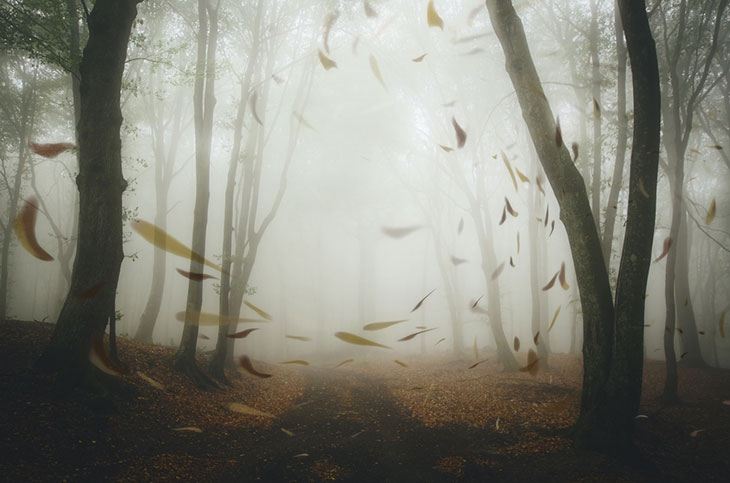
On the other hand, the wind is bae to some!
We also have lots of hunters who believe in hunting in the wind.
Some actually state that they have had more success in the woods when it’s windy than in clear weather.
Whether this is true or not, science disapproves the long-held belief that hunting in the wind is difficult and a waste of time.
Well, this is not to mean that wind does not affect the behavior and the movement of deer. It does.
Understanding Deer’s Movement in Response to Wind Patterns
Professional big game hunters claim that mature whitetail buck has a sense of smell which is over 10,000 stronger than that of the seasoned hunters.
That being said, no one expects all hunters to have an easy ride when hunting in the wind.
A few studies support this narrative.
According to the results of a research conducted by Demarais and Ziglin in 1984, deer moved more in light winds.
Their movement came to a screeching halt when the wind attained speeds of between 15 and 19 miles and later started moving freely when the winds shot to over 20 miles.
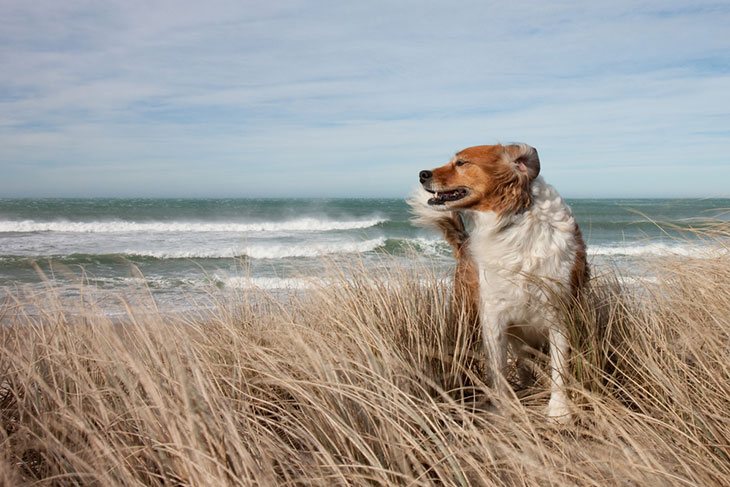
What Does This Mean?
Deer move with much freedom in clear condition since they can sniff and hear clearly.
That being said, they’ll be able to bust any approaching predator easily.
At 15-19 mph speeds, they may be argued to have minimized their movement since the wind limits their ease of detecting the predators.
At high speed winds of over 20mph, their movement escalates due to a few reasons.
First, the wind causes more noise around which makes the deer feel pretty unsafe.
They’ll, therefore, move in search for sanctuaries with adequate sheltering from the wind.
Secondly, deer burn a lot of calories due to the stress that emanates from fighting heavy winds.
This means that they need to forage and travel more for food while still not exposing themselves to the predators and elements.
Is It Possible to Hunt in Windy Conditions?
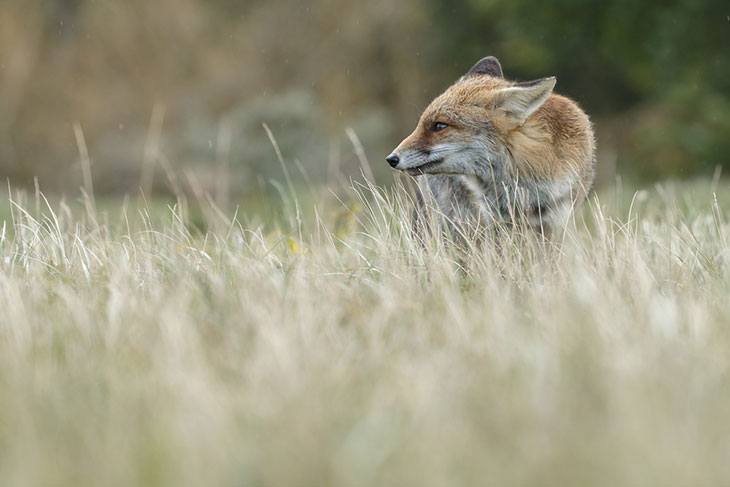
Sure! One thing that we should not forget is that deer need to forage for food and water and avoid predators, whether there is wind or not.
The only thing is that they are pretty crafty in windy conditions.
Consequently, understanding your prey’s tendency concerning wind patterns is elemental to your success when hunting in the wind.
Wind should not always work against you.
Arming yourself with some wind-wise tactics will allow you to change the rules of the game and use the wind to your advantage.
Tips for Hunting in Windy Conditions
1. Understand the Wind Patterns of Your Playing Ground
This is hands down, the most crucial part.
When preparing for the hunting season, you need to understand the wind patterns in your preferred hunting grounds.
This means that there’s need to be a friend of Weather.com.
By the same breath, it also pays to scout the area prior to the hunting season and checking out how the terrain features present may alter the wind patterns as predicted.
As you may have guessed, this is not a thing that you only do on the first day of the hunting season. No. You need to familiarize yourself with the wind patterns every day before slithering into the woods.
2. Enter and Exit the Fields With the Wind Factor in Mind
Understanding the weather patterns is one thing.
But planning how you enter or leave the grounds without unnerving your prey is another.
Your day will be screwed the moment your scent is blown towards the deer when gaining access to your stand.
On the same note, ensure that you also pay great attention to the wind pattern when leaving.
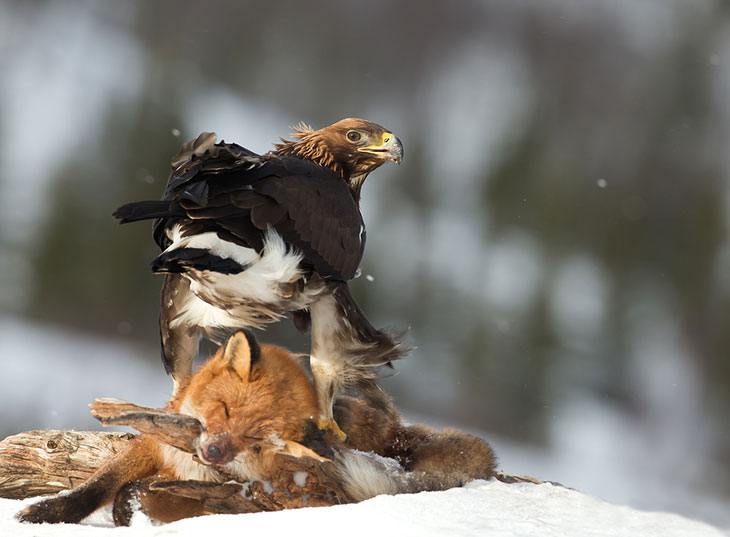
3. Map the Hotspots
It’s also advisable to have a physical aerial map of your hunting grounds.
On the map, color all the areas that appear sheltered from winds coming from different directions.
Understanding and planning a route to access these points make it easy to identify favorable hunting hotspots for each day.
4. Think Like a Deer
The adage, ‘’it takes a thief to catch a thief’’ has its truest meaning when hunting in windy conditions.
You see, you need to have a clear understanding of how the minds of mature deer work to cross lines with them.
Respond to wind gusts as the deer would. Only then will you be able to trick them into your line of sight.
On this note, find the most favorable positions in areas where a deer can bed and feed without parading itself to the wind.
Hunt in locations sheltered from high winds especially when it’s both chilly and windy and in transition areas during the rut.
5. Go Scent-free
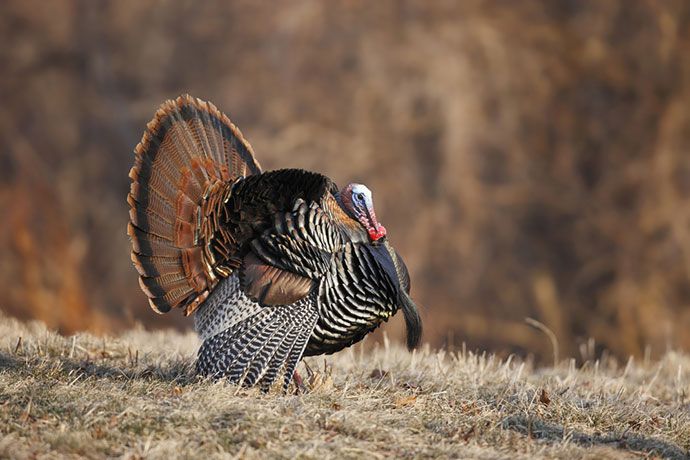
Like fingerprints, we all have unique scents.
While your natural scent is highly attributed to your personal bacteria’s biome and ecosystem, other components escalate your human odor.
These include the detergent that you use to wash your cloths and hunting gear, the food you eat, toothpaste, and any fragrances that you may use on your body.
You want to ensure that you are as scent-free as possible.
To do this, use scent-free detergents, use scent-free bathing soaps and don’t wear perfumes. This list is inexhaustible.
You might also consider spraying your hunting gear with scent-eliminating spray before getting into the woods.
While it’s pretty hard to zero human odor, these tactics will really minimize the risk of being busted from the get-go.
6. Leave the Stand
One mistake that most hunters do is over-relying on their stands.
While there is a chance that that big deer, that you’ve been tracking down can come right to your tree, you can also get to the ground and meet it. You don’t always have to wait forever.
You only need to ensure that your ‘wind’- scent- remains behind you.
Conclusion
As you can see, the reality is that hunting in windy conditions is very much possible.
In my opinion, every day in the woods could be a success story regardless of how strong or soft the wind blows.
Let it be your mission to understand your location’s wind patterns and how you can use the wind to your advantage.
